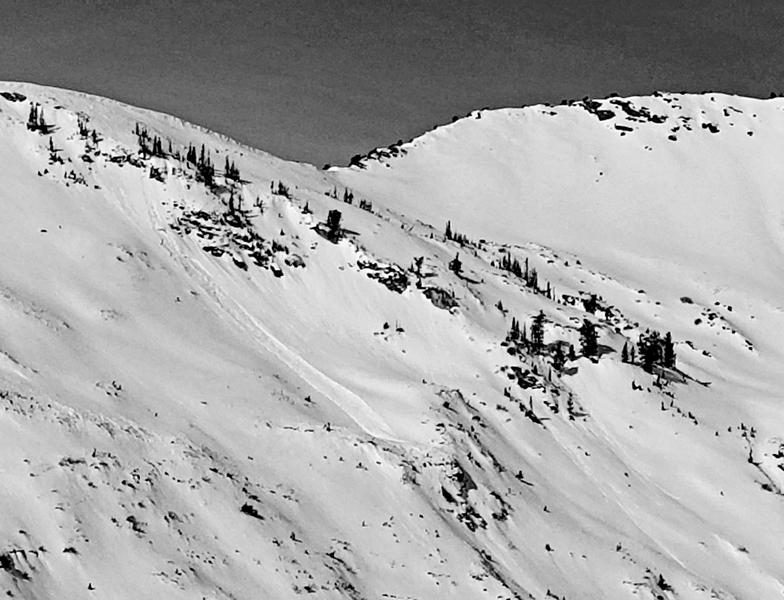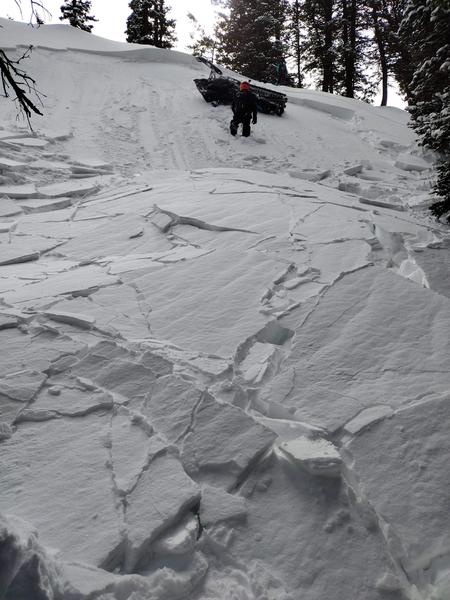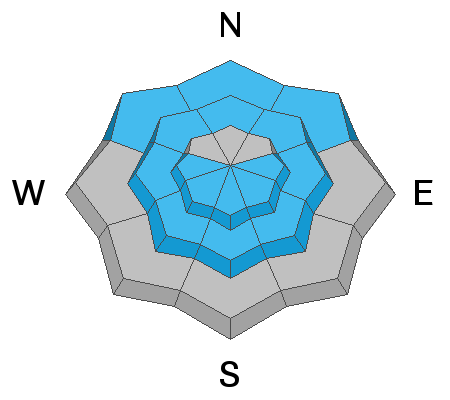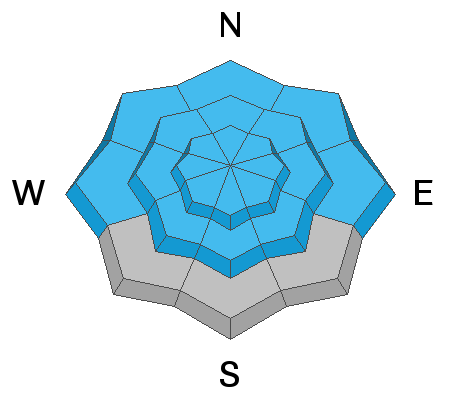Forecast for the Logan Area Mountains

Issued by Toby Weed on
Friday morning, March 4, 2022
Friday morning, March 4, 2022
Unseasonably warm temperatures have caused heightened wet avalanche conditions in the backcountry. MODERATE avalanche danger exists at all elevations, with natural and human triggered wet avalanches possible. Also, people still might trigger shallow slab avalanches failing on a buried persistent weak layer, cornice falls, or loose dry avalanches entraining sugary faceted snow in very steep shady terrain. Evaluate snow and terrain carefully.
Finally, much needed snow is on the way! Good news, but with widespread layers of very weak snow at all elevations, expect rising avalanche danger in the backcountry this weekend.

Low
Moderate
Considerable
High
Extreme
Learn how to read the forecast here











